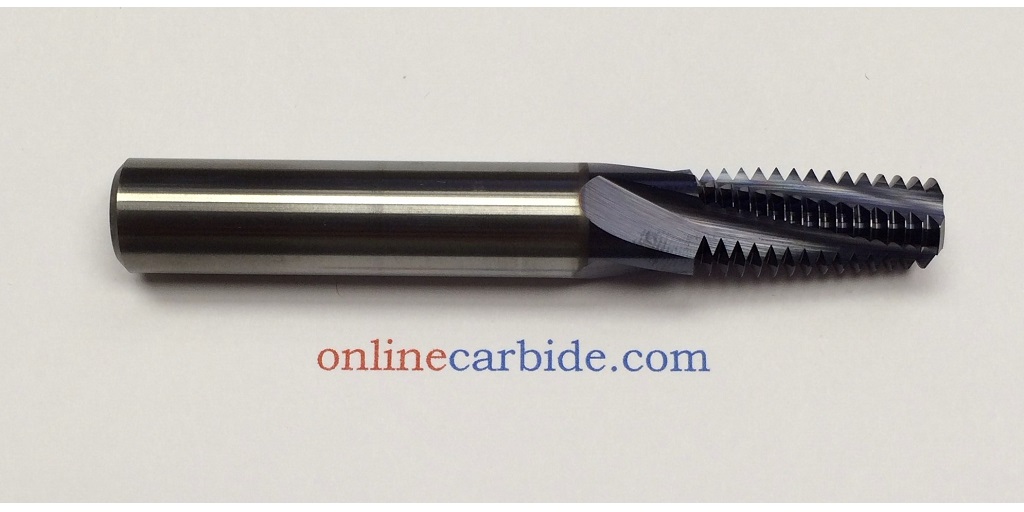A High-Level CNC Machining Glossary

CNC machining is a manufacturing process that uses computer-controlled, automated machinery to shape and fabricate components from a range of materials. It’s an incredibly versatile process, capable of producing complex components to tight tolerances with a high degree of accuracy and repeatability. Understanding the terminology associated with CNC machining can be daunting, but with this glossary, you’ll be able to get a better grasp of the process.
Axis: An axis is a linear direction in which a tool moves. CNC machines typically have three or more axes, allowing them to move in multiple directions simultaneously.
CAD: CAD stands for Computer-Aided Design, and is a software that allows users to create 3D models and drawings of parts and components.
CAM: CAM stands for Computer-Aided Manufacturing, and is the software used to convert 3D models into the instructions that a CNC machine needs to fabricate a component.
Contouring: Contouring is the process of cutting along a curved path. CNC machines are able to move along a multi-axis path, allowing them to produce complex, contoured shapes.
Cutting Tool: A cutting tool is a device used to shape and finish a component. CNC machines use a variety of cutting tools, including milling cutters, drills, and reamers.
Feed Rate: The feed rate is the speed at which the cutting tool moves through the material. It is typically measured in inches per minute (IPM).
G-Code: G-Code is the programming language used to communicate instructions to a CNC machine. It consists of a series of commands and parameters that tell the machine how to move and what actions to take.
Jog Mode: Jog mode is a feature on CNC machines that allows the operator to manually move the tool in a specific direction. This is useful for aligning the tool and setting up the machine before beginning a job.
Lathe: A lathe is a type of CNC machine used for turning and cutting cylindrical parts. It consists of a spindle that rotates the workpiece and a cutting tool that moves along the axis of the spindle.
Milling: Milling is the process of cutting and shaping material using a rotating cutting tool. CNC machines can produce a variety of shapes and features using milling operations. There is a wide range of cutting tools, such as HSS and solid carbide end mills for sale, with different coatings and capable of a wide range of different speeds and feeds.
Rapid Feed: Rapid feed is a feature on CNC machines that allows them to move quickly between points without cutting. This is useful for quickly positioning the tool for the next job.
Spindle Speed: The spindle speed is the speed at which the cutting tool rotates. It is typically measured in revolutions per minute (RPM).
Tolerance: Tolerance is the amount of variation that is allowed in a part or component. CNC machines are able to produce parts with tight tolerances, ensuring that components are within the specified limits.
Workpiece: The workpiece is the material that is being machined. CNC machines can work with a variety of materials, including metals, plastics, and composites.
These are just some of the terms associated with CNC machining. By understanding the terminology and processes involved, you can get a better grasp of how CNC machines work and how they can be used to create complex parts and components. With the right tools and knowledge, CNC machining can be a powerful tool for fabricating components with precision and accuracy.
Here Because You’re Looking for the Right Solid Carbide End Mills for Sale?
If you’re a machinist in need of new cutting tools, whether you’re looking for chamfer mills, stub drill, thread mills, or other solid carbide end mills for sale, visit Online Carbide at OnlineCarbide.com.
They carry a wide range of high-performance carbide end mills and other cutting tools for different milling applications that are made in America and even offer free shipping on orders over $250. Check out their website for more information or get in touch with them at 630-238-1424.